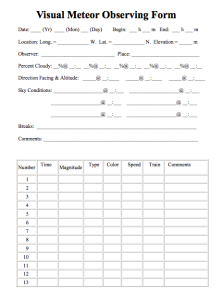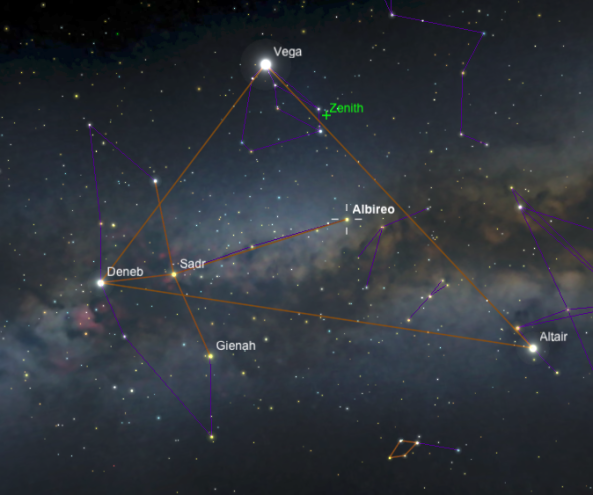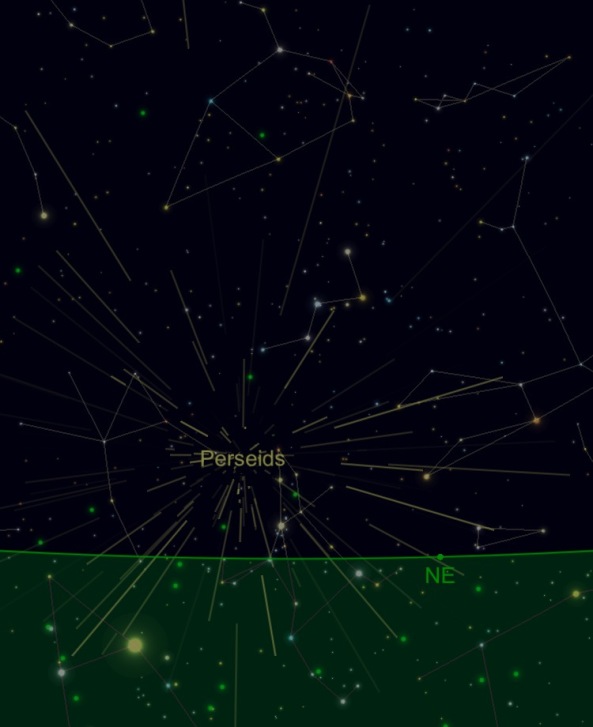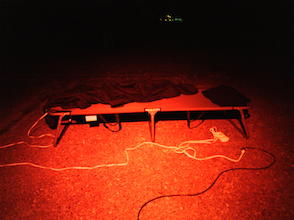At 40 years old and a member of Generation X, I bridge the gap between a time when the Internet did not exist and an increasingly Internet-connected world. Social media is the next exciting frontier on the Internet where the younger generation lives. Unfortunately, amateur astronomy is having difficulty connecting with young people via outreach through social media. I would like to share with you the ways in which I have found success engaging with young people, primarily those at the college level, using social media.
Younger generations do not use email as much as their predecessors. Even college professors face difficulty reaching students via email, so amateur astronomers should not make the same mistake. Sharing information through email and text messages is being replaced by sharing on social media platforms.
It is time for amateur astronomers to become familiar with how to use Instagram, Facebook, Snapchat, GroupMe, and YouTube for outreach. For instance, Snapchat allows location-based video sharing via a heat map interface that can be used to publicly promote an event as it is happening. Facebook, Instagram, and YouTube all have live video streaming options by which you can share astronomy virtually in real time.
The Baton Rouge Astronomical Society, to which I belong, uses Facebook to live stream the Moon at public events. Many college students use GroupMe for classes, so they already have the app on their phones. I use GroupMe to announce observing sessions and satellite passes. Sharing an event on social media can reach more people than those that can attend in person, especially if the link is shared widely.
The most important step toward introducing young people to astronomy is to go directly to them. Set up in places they frequent, even if light pollution is a problem. Be proactive in bringing people to the eyepiece by clearly and excitedly announcing what you are showing. Next, make it possible for them to share photos via social media. Attach a universal phone cradle to an eyepiece for taking photos of targets like the Moon or planets. Always let passersby know you are specifically set up for sharing photos to Instagram, Facebook, or Snapchat. Allow them to take photos themselves, so they can say “I took that photo,” but assist if necessary.
What you think you know about young people may not be true, nor will it be consistent from one year to the next. They do love space and astronomy. Neil deGrasse Tyson is a superstar to younger generations, after all. Embrace live streaming as an alternative to traditional outreach. Share your own astronomy images via these same platforms. Keep people coming back by inviting them to follow you on social media. Your enthusiasm must be both contagious and Internet-connected. Go forward with the idea that we cannot reach everyone, but, as advocates for the scientific community, we have an obligation to introduce young people to astronomy through social media.
Note: My article first appeared in the March, 2019 issue of The Reflector magazine from the Astronomical League.






